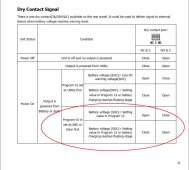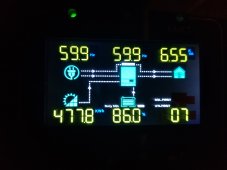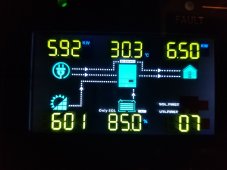timselectric
If I can do it, you can do it.
- Joined
- Feb 5, 2022
- Messages
- 18,443
I don't think that this would be just a firmware issue.Btw, if the inverter firmware was updated to allow disabling AC bypass while allowing the 80amp charger to be used...I think that would resolve this whole problem. Maybe something to raise with the supplier...
If I'm not mistaken, the connection to the AC charger is after the bypass relay.






